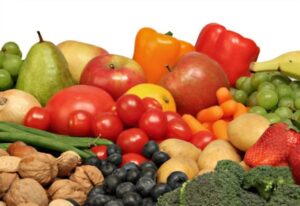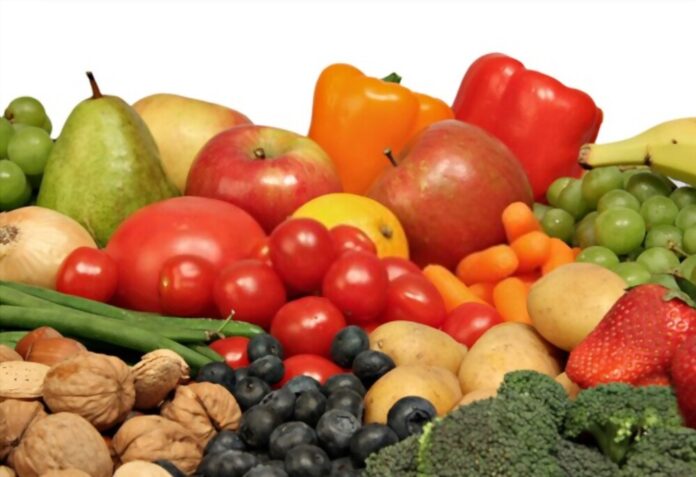The Healthiest Foods on the Planet
Eating healthy fruits and vegetables is becoming more critical for today’s healthy living lifestyle. The word “fruits” can mean different things to different people, even when it is used in the context of diet. For example, while some people may think that fruits are simply a food group that consists of a single variety, others will include all types under the category of fruits. In this article, we’ll be discussing healthy fruits and vegetables, what they consist of, and how they are beneficial for you. Once you finish this article, you’ll have a good idea about healthy fruits and vegetables.

First, let’s define the term “fruit.” The word “fruit” refers to many different tree-like or plant-like objects with the seed inside and the fruit attached. When most people hear the word “fruit,” they probably think of an apple, orange, or grape. But other healthy fruits and vegetables include kiwi, mango, peach, plum, pineapple, tomato, lychee, grapes, and melons.
Now that we know what healthy fruits and vegetables consist of, it’s time to talk about the best fruits and vegetables for a healthy diet. In general, the best fruits are the ones with the highest fiber content (as much as 5 grams of fiber per serving) and have the least amount of calories, fat, sodium, and oil. Low-calorie vegetables are also high in fiber, so the two are usually combined in one fruit or vegetable.
However, not all fruits and veggies are created equal. Some fruits and vegetables are higher in calories than others, and some fruits have more fiber than others. It’s essential to get the right type of fruit and vegetables for your lifestyle. Fruits with low-calorie content are typically considered “filler” foods because they don’t provide a lot of nutritional value than those that are higher in calories. So if you’re looking to lose weight, focus on choosing fruits with a low calorie but high fiber content.
Green and leafy vegetables are considered the healthiest fruits in most diets because they are low in calories and don’t pack a lot of nutrient content. Some examples of green and leafy vegetables are spinach, broccoli, kale, cabbage, bok choy, turnips, and Swiss chard. On the other hand, these are not the only healthy vegetables. Some examples of “empty” vegetables are carrots, cauliflower, zucchini, mushrooms, peas, and beans. Empty calories do not provide many nutrients, so it is essential to choose these vegetables wisely. To find the healthiest fruits in a particular category, look at nutrition labels for the nutrient content.
One category of fruit is called the “healthiest fruits” and contains the fewest calories of all the classes. These include apples, bananas, avocados, blueberries, grapes, kale, parsley, strawberries, and raspberries. Fruits in this category are packed with nutrients, and it is easy to see why they are the healthiest foods in a diet. To discover more about these fruits, you can go online and read about their nutritional content.
For those on a very tight budget, fruits from organic sources are probably the best fruits on the planet. The best fruits to eat for a balanced diet are cherries, berries, grapes, raisins, cantaloupe, peaches, nectarines, pears, peaches, and strawberries. Some people enjoy eating vegetable juices, such as vegetable juice bars or vegetable purees, in addition to fresh fruits. Some fruit juices may contain artificial colorings and flavorings, so it’s best to carefully read the label. Spinach, tomato, and carrot juice are good choices, as are lemon and lime juice. For those who love to drink tea, green tea is an excellent choice.
Vegetables and legumes are packed with nutrients, too. Carrots, beans, spinach, cauliflower, cabbage, celery, and yams are examples of nutritious vegetables. Some of the healthiest fruits to include in a healthy diet are apricots, peaches, mangoes, pineapples, bananas, strawberries, Brussel sprouts, broccoli, and spinach. When combined with vegetables, they form a complete source of vitamins and minerals because of their nutrient density. For example, when paired with carrots, a bowl of carrots will provide almost 2 cups of vitamins A, C, and E, and potassium, which is essential for regulating your salt levels. And since legumes are rich in fiber, they also provide a healthy dose of fiber, which can help you feel full without gaining weight.






